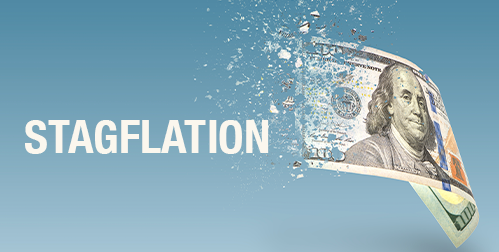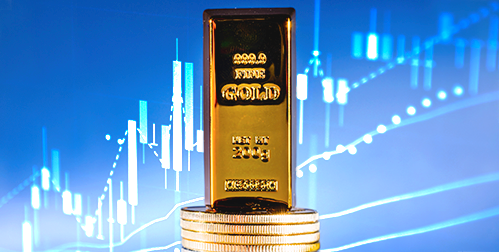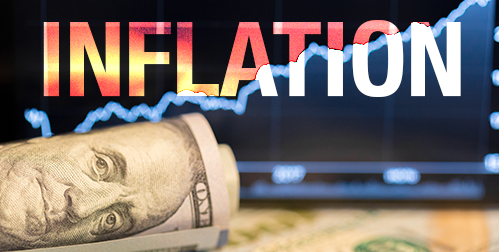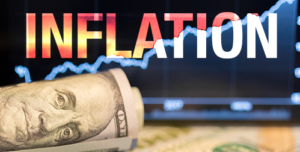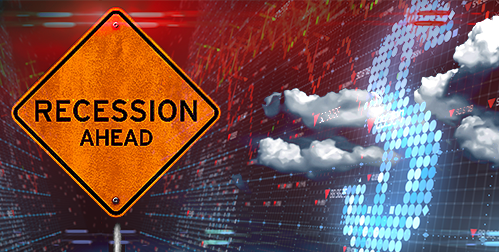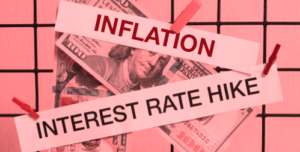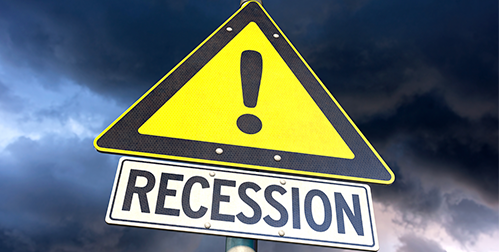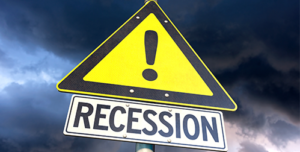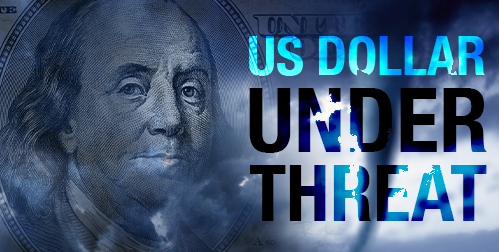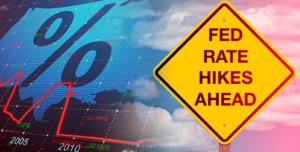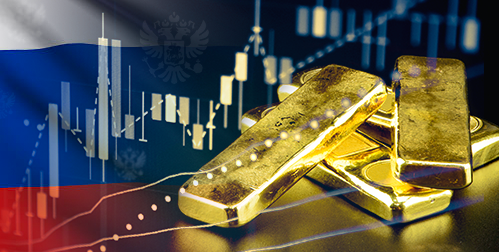- The IMF and the Brookings Institute reported a high probability of global stagflation
- Soaring inflation and stagnant growth will continue due to war and pandemic
- Precious metals are set to climb in face of global risks
IMF Report Points to Stagflation
The global economy is racing down the road towards stagflation according to two reports released this week. Both the International Monetary Fund (IMF) and the Brookings Institute detailed how current world conditions point to higher inflation and slower economic growth.
Simply put, stagflation is when a stagnant economy couples with double-digit inflation. Stagflation occurred in the mid-’70s. It was caused by two oil crises that triggered recessions. The economic ‘maliase’ lasted into the 80s.
Stagflation has often been described as the worst thing that can happen to an economy outside of a war, a natural disaster, or a pandemic. If GDP doesn’t grow enough for wages to keep pace with inflation, everyone feels the pinch. Purchasing power declines, people lose their jobs, credit and investment dry up, and poverty increases.
The International Monetary Fund slashed global growth and revised inflation upward in its World Economic Outlook released Tuesday. The IMF sees inflation soaring to 5.7 percent in advanced economies and 8.7 percent in emerging and developing economies. They lowered their prediction for global growth to 3.6% this year, down from 6.3% in 2021.1
The IMF blames the negative impact of the Ukraine war. They also account for new supply-chain disruptions from China due to its strict Covid-19 measures.
The IMF numbers are being conservative. They are based on a few assumptions. One is that the war remains limited to Ukraine. Another is that further sanctions against Russia don’t include oil. And third, that the pandemic abates throughout the year. If any of these assumptions prove false, IMF predictions for inflation and growth can get much worse.
Barely six months ago, IMF chief Kristalina Georgieva dismissed talk of stagflation. Now, she says that the Russian invasion is a “massive setback for the global recovery” from COVID. She admits that “for the first time in many years, inflation has become a clear and present danger.”2
The findings of the IMF are echoed in the Brookings Institute/Financial Times most recent report.
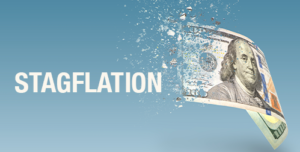
The Brookings Institute Also Predicts Stagflation
TIGER is a global index tracking the global economic recovery. It’s run by the Brookings Institute and the Financial Times. The index warned in its Sunday update that stagflation might affect most economies this year. They also blamed the war in Ukraine for greatly slowing down the global post-pandemic recovery. The composite index shows dramatically slower growth, rampant inflation, and dropping confidence levels. It says that each of the world’s three big economic blocs faces considerable difficulties.
There is a chance that the U.S. could avoid stagflation due to the relative health of its economy. However, that chance doesn’t look good. The Brookings Institute said, “The Fed is at real risk of losing control of the inflation narrative and could be forced to tighten even more aggressively than it has signaled, raising the risk of a marked slowdown in growth in 2023.”3 Joe Biden knows that stagflation pushed Jimmy Carter out of office. His administration may react by doing what is best for getting reelected, not what is best for the economy.
Precious metals such as gold are set to shine in this current climate. The IMF predicts precious metals will rise by 5.8% in 2022 and by 2.1% in 2023.4 Risks to growth, unending inflation, rising geopolitical risks and a fragmenting global economy are pushing investors to safe havens. If you have assets you want to protect from stagflation, contact AHG to learn more about the benefits of a Gold IRA.
